Here are seven future workplace technology features to expect as the workplace transforms to meet our post-pandemic needs.
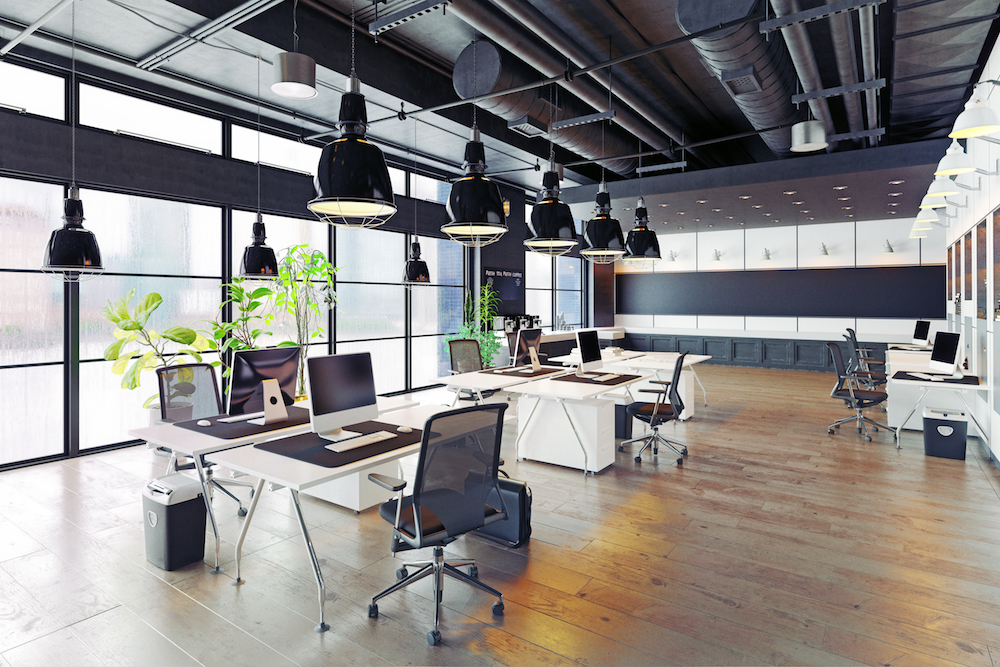
We have been immersed in the Internet of Things (IoT) within the office for years, but the pandemic has accelerated demand for the smart or augmented offices with a new focus on hygiene, health and wellness. As employees head back to the office, the workplace experience will feel different with a whole host of new behaviors required, building management rules re-written, and technology taking centre stage.
We expect to see many companies using portals or apps to control the employee experience and meet government guidelines within an office space. These portals will help organize staggered working hours and start times, facilitate the completion of health questionnaires, biometrics, room booking, lighting and temperature control, as well as enable amenity-rich conveniences such as touchless food ordering.
While the workplace is transforming to meet our post-pandemic needs, we will see some longer-term changes in the ‘augmented office’. Here are seven features that will enhance our work experience in the years to come.
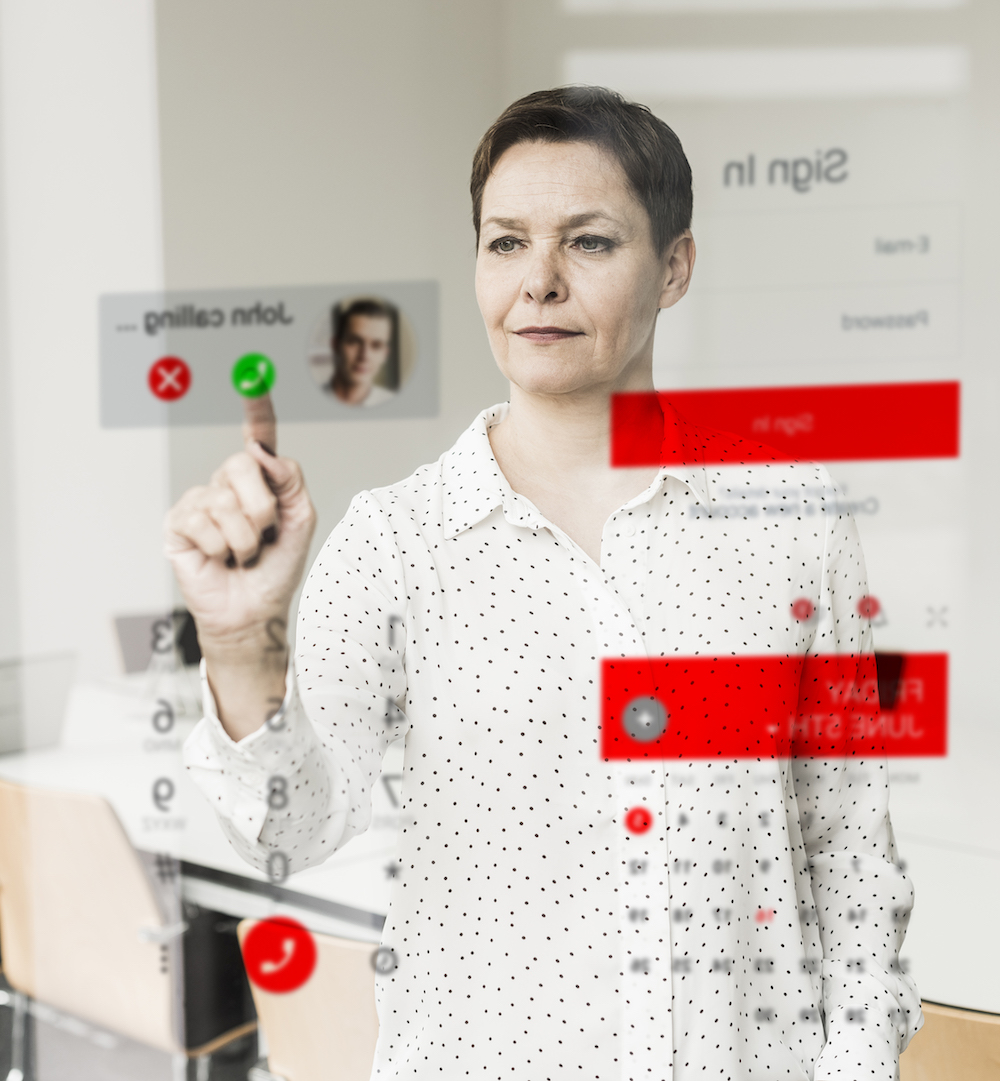
1. Smart spaces
Intelligent rooms will enable staff to manage how they use shared spaces through smartphone apps. Gathering spaces, meeting rooms, phone rooms and focus hubs will be catalogued and available for booking via apps. Space booking will be enhanced by allowing employees to order catering, adjust AV, lighting and temperature all from the same management system. Guests will be able to check into the building via the same system and be screened then given the necessary directions to the meeting room or workspace.
2. Building Information Modelling (BIM)
In today’s digital landscape, we know that new technologies and innovations to advance BIM are underway. For example, virtual walkthroughs enable us to communicate design intent more effectively, interacting with virtual models, making ‘what-if’ design scenarios much easier to manipulate. Our data-rich BI models are becoming increasingly connected with office systems that provide data monitoring and remote access. Integration with the IoT will enhance future BIM systems, which will in turn create new opportunities for big data to generate real-life workplace experiences.
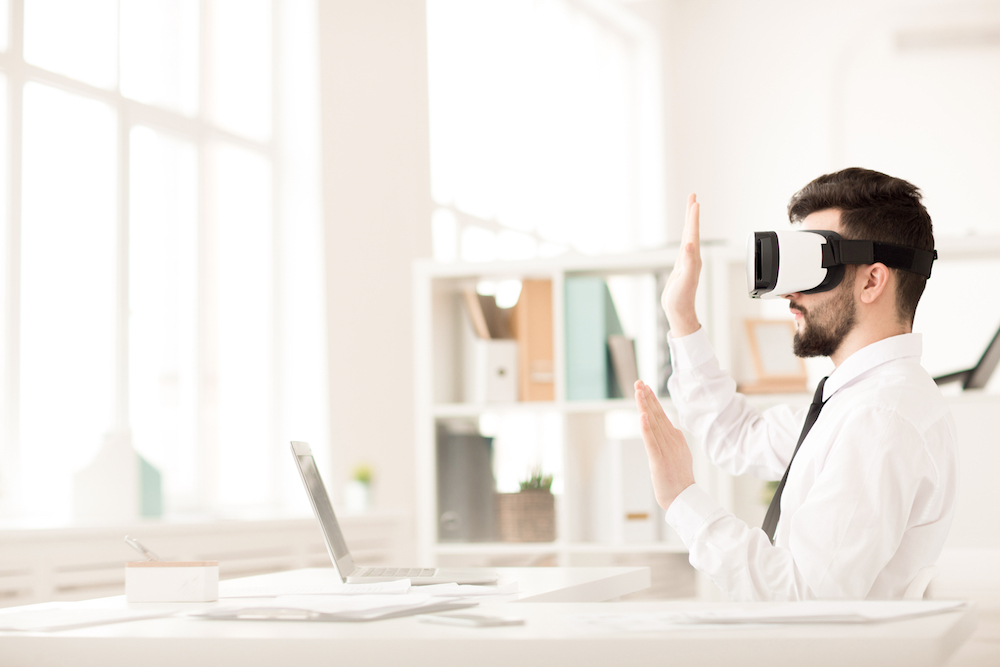
3. Enhanced air filtration systems
HVAC systems will be adapted to ensure that they effectively eliminate harmful gases and hinder the spread of viruses. UV (ultra violet) and HEPA (high-efficiency particulate air) filtration systems will become more advanced and a regular feature in offices. Engaging with a design team and a mechanical engineer will be an important process in evaluating existing systems.
4. Maintenance alert system
Sanitation and hygiene will be a focus in the months and years to come. Smart offices will enable service teams to either book slots for cleaning or use the available data to identify high-traffic areas to focus their cleaning efforts. Maintenance teams will also use the data from meeting room booking systems in order to plan cleaning when they have been vacated. This will be vital in a post-COVID environment where stringent cleaning guidelines prevail.
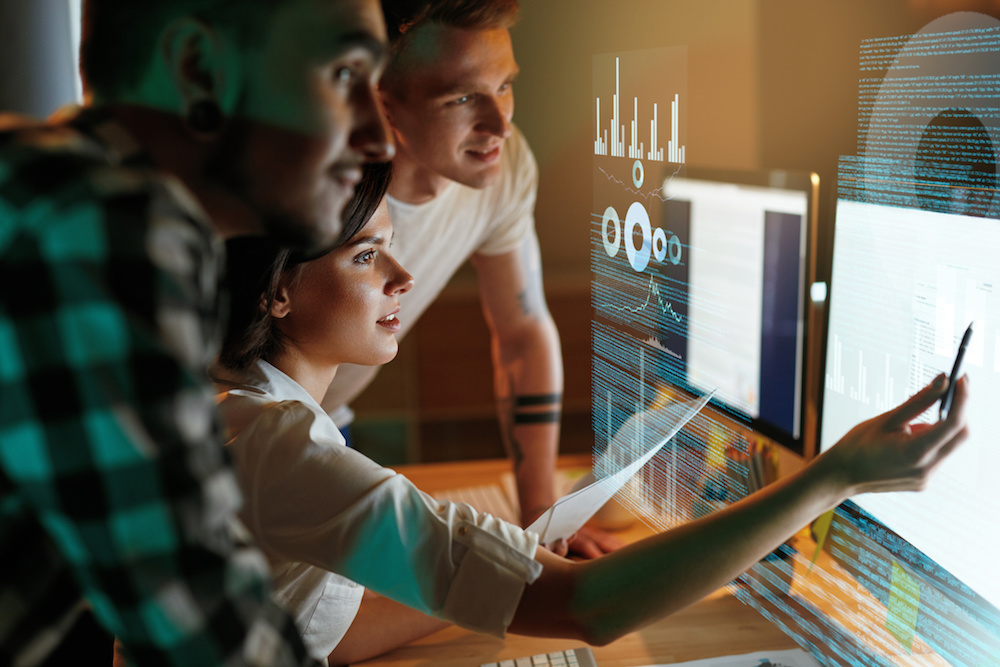
5. Advanced occupancy planning
With the use of sensor technology, linked to an app, employees will be able to log on to see live density/occupancy of their office space. This will tell them where open desks are located. If companies start to introduce a work from home policy, with a subsequent reduction of physical workstations, staff will be encouraged to book a desk in advance, and this will assist with density planning.
Also, for space planners and office managers, understanding who is in what space, for how long, and at what time, will be key to creating strategies to manage the flow of people and ensure office spaces are used correctly. Data that monitors occupancy levels is already being collected in many workplace settings, whether it is through individual swipe cards, network usage logs or meeting room reservation systems. These data sets can help create meaningful analytics and inform companies how to support social distancing in the workplace. And occupancy levels in specific areas can also be tracked and gathered via sensors, which companies can use to better understand their employees’ behavior and their impact on the overall workplace.
Space planners may ask for example, why are Tuesday and Thursday afternoons busier in the office? Or why doesn’t anyone use this room, while the one across the corridor is always busy? The answers to these questions can lead to a flattening of the utilization curve and better overall use of the space. In the coronavirus recovery phase, these insights will help to not only redistribute desks across all available floor space, but also inform how employees should balance coming into the office with remote working.
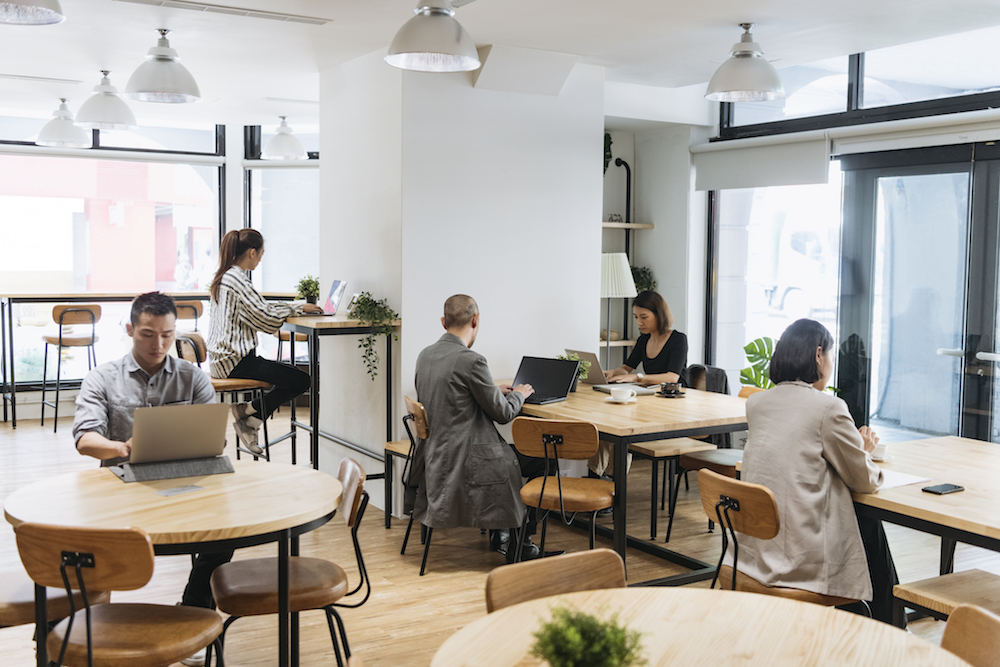
6. Heating control
Building management systems create smart buildings and pleasant environments for employees using sensors that can measure heat to detect changes in temperature. These sensors, linked to building management and HVAC systems, enable the automatic temperature management which leads to both an optimal work environment and savings in energy consumption. A building can now adapt to ensure that the user experience is one that is both consistent and pleasant.
7. Voice control
Many of us are familiar with smart voice-activated home devices such as Google Home and Amazon Alexa, but we are yet to see these technologies truly cross over into the modern office. It will only be a matter of time before meeting rooms and communal kitchens feature tech that staff can use voice commands to adjust light, temperature, sound or display screen technology. Furthermore, voice assistant apps are set to increase and soon employees will be able to manage scheduling, set reminders, order catering and arrange and dial into calls by speaking into their smart phones.
Much of this technology was considered a nice-to-have in the past, but in the new world as we know it, these features will become must-haves to ensure employees feel comfortable, safe and can still be productive in the workplace. In just a few months, COVID-19 has made companies see technology through a new lens as they seek to protect employees and invite them back to the office.

